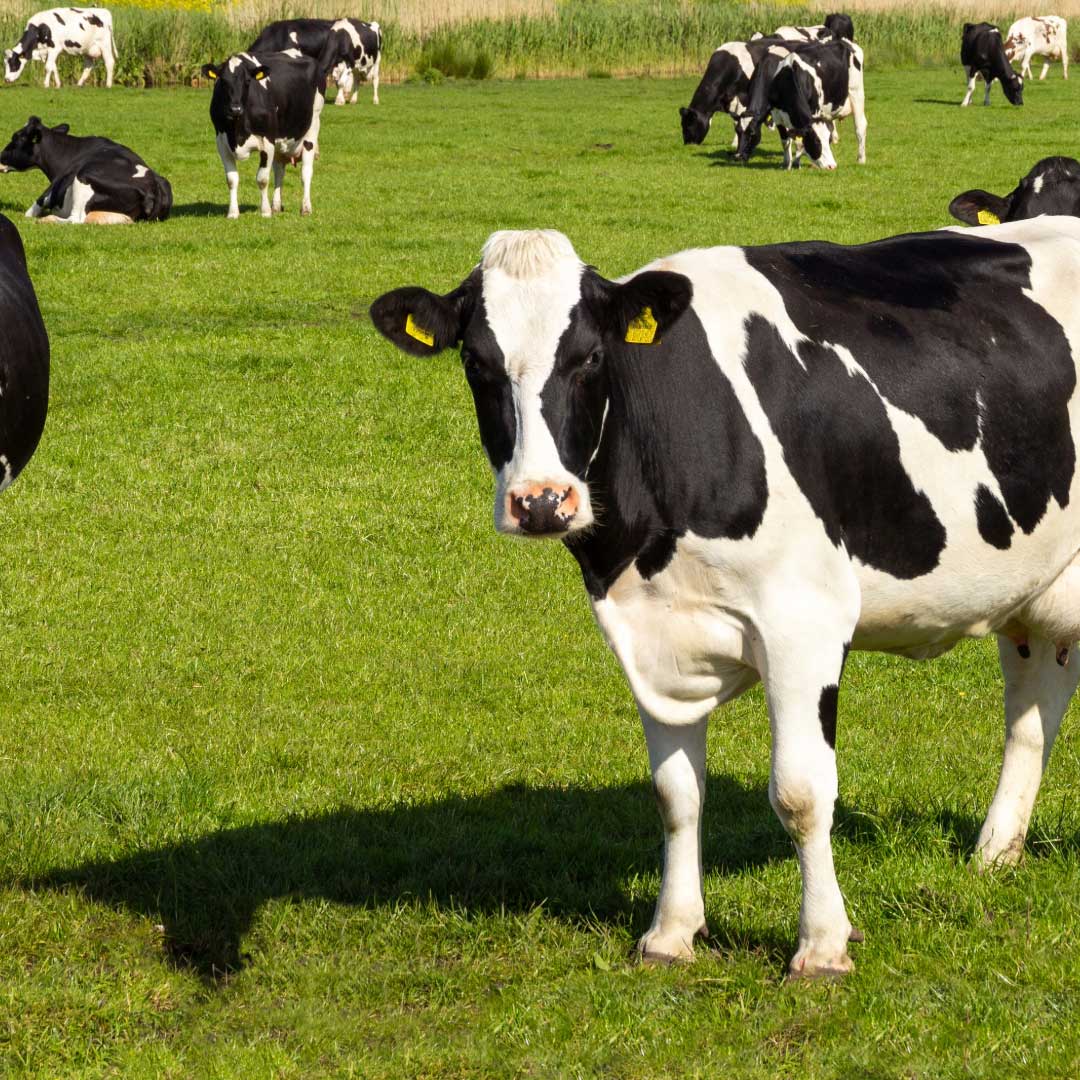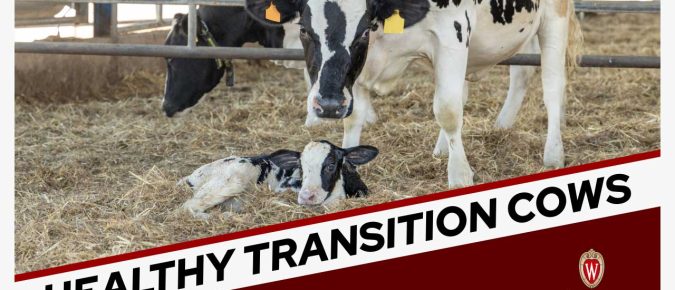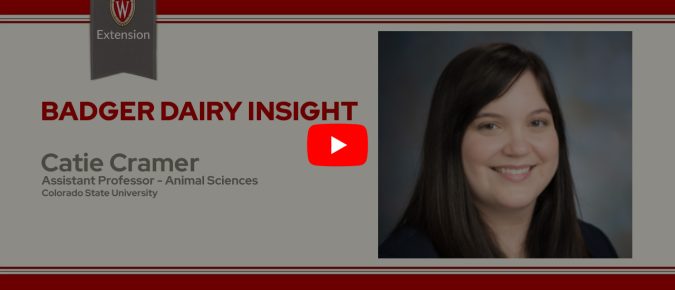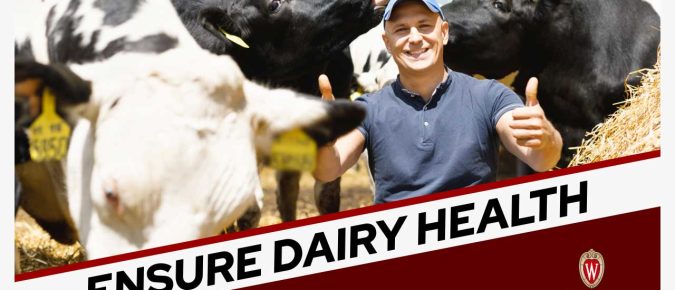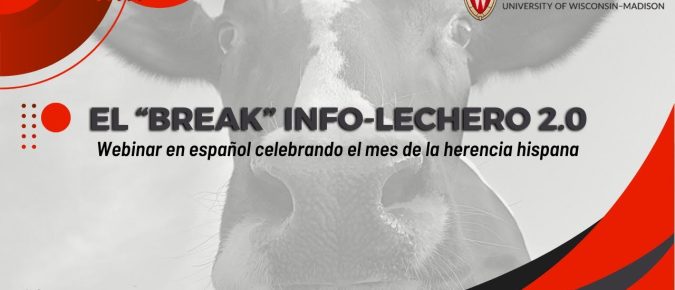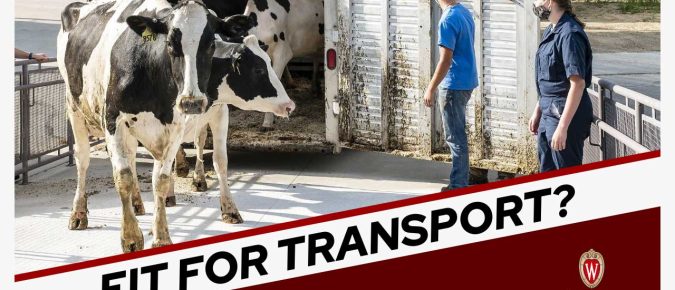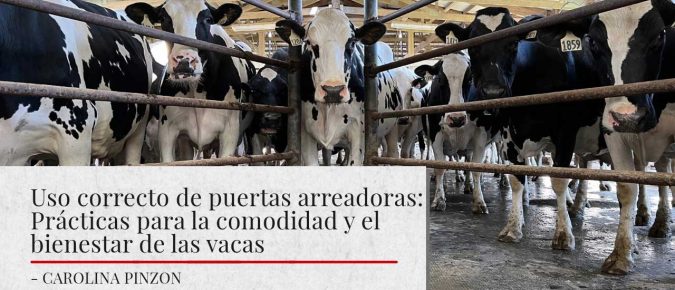Fresh cow diseases such as ketosis, milk fever, displaced abomasum, retained placenta, metritis, and mastitis have a huge impact on the overall health of an animal. In addition to the health of the animal there are other factors including lost milk production, longer days to cycle and get pregnant, plus the cost to treat these fresh cow diseases.
Dr. Catie Cramer, Assistant Professor in the Department of Animal Sciences at Colorado State University, discusses stressors associated with transport date (WI and US) from a fit-for-transport survey conducted by Colorado State University and offer some ways to mitigate transport stress.
Early detection and treatment of sick cows are essential to minimize negative impacts.
Estrés Térmico en Terneros Lecheros: Avances Actuales y Estrategias de Prevención Presentador Resumen Presentador Dr. Jimena Laporta Profesora asistente e investigadora en fisiología de la lactancia del departamento de Ciencias animales y lecheras Universidad de Wisconsin – Madison Resumen El estrés térmico es una amenaza constante para la salud y el bienestar de los terneros […]
Enfermedades metabolicas en las vacas lecheras Presentador Resumen Presentador Dr. Eduardo Rico Profesor asistente de Medicina poblacional, Agricultura sostenible y Seguridad alimentaria Universidad de Pennsylvania, facultad de Medicina Veterinaria Resumen La cetosis es una enfermedad que afecta a las vacas lecheras después del parto. Se caracteriza por un déficit de energía en el cuerpo, lo […]
La importancia de una adecuada aplicación y manejo de productos de salud animal en el ganado bovino Presentador Resumen Presentador MSc Alison Pfau Educadora regional bilingüe de sistemas de producción lecheros Universidad de Wisconsin – Madison, División de Extensión Resumen La salud animal es un aspecto fundamental en la producción ganadera. Los productos de salud […]
Dealing with a down cow can be frustrating, however with proper procedural practices in place, you will equip your team with the attitude and skillset to handle the situation.
Importancia de la interaccion humano-animal en sistemas de producción de Ganado Presentador Resumen Presentador Dr. María Camila Ceballos Profesora asistente de la facultad de Medicina Veterinaria-Bienestar y comportamiento animal Universidad de Calgary CA Resumen La interacción humano-animal es un aspecto fundamental en los sistemas de producción de bovinos. Un manejo adecuado y respetuoso de los […]
This infographic will help you better understand if your dairy cattle are fit for transport.
Proper crowd gate functioning benefits both cows and dairy farm workers. For farm managers, effective staff training, regular crowd gate maintenance, and proper management are essential for ensuring successful crowd gate operation. While crowd gates help keep cows near the parlor entrance, it is crucial to avoid misusing them to promote positive animal welfare.
Tabla de contenido Introducción El funcionamiento adecuado de la puerta arreadora beneficia tanto a las vacas como a los trabajadores de las granjas lecheras.
Ensuring a comfortable and safe parlor environment for both cows and workers, while efficiently using all available resources—including time—is crucial for the dairy business’ profitability. Milking time on a dairy farm is a balancing act between maintaining cleanliness and calmness while moving quickly enough to finish on time and get the cows back to their pens, where they can eat, drink, rest, and produce milk.


